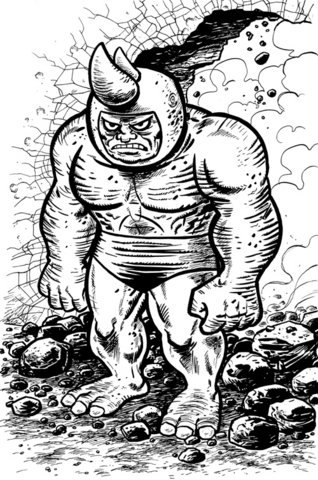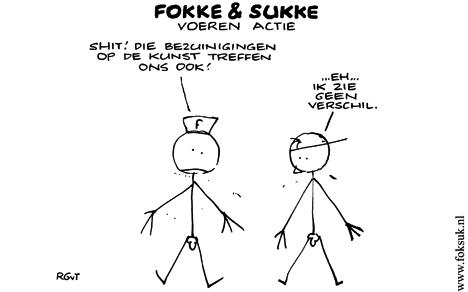The Digital Atlas of Roman and Medieval Civilization (DARMC) makes freely available on the internet the best available materials for a Geographic Information Systems (GIS) approach to mapping and spatial analysis of the Roman and medieval worlds. DARMC allows innovative spatial and temporal analyses of all aspects of the civilizations of western Eurasia in the first 1500 years of our era, as well as the generation of original maps illustrating differing aspects of ancient and medieval civilization. A work in progress with no claim to definitiveness, it has been built in less than three years by a dedicated team of Harvard undergraduates, graduate students, research scholars and one professor, with some valuable contributions from younger and more senior scholars at other institutions. For more details on who we are, please see the People page.
DARMC’s coverage begins under the Roman empire and extends nearly a thousand years toward the present by encompassing the medieval world. Although the initial post-Roman focus has been on medieval Europe, Byzantium and the Crusades have not been neglected, and we have begun to include the essential third leg of the tripod of medieval civilization, the Islamic world.
““If you’re going to do a piece of work in three days, you have to have everything properly prepared.” Michael Moorcock on how to write a novel in three days. Patrick Nielsen Hayden comments that a lot of aspiring writers could learn from this, to just get going and write rather than fiddle until everything’s perfect.
Way to make me feel old Amanda — Nirvana’s Nevermind twenty years old this year. This wasn’t the life changing record to me that it was for other people, but if there’s any album that marks the spot where the nineties begun and the eighties ended, this was it.
The Justice League goes to Hogwarts and a duller idea I cannot imagine. If this ever happened it would be the perfect spiritual heir to those stupid X-Men/Star Trek crossovers Marvel put out in the nineties.
Speaking of rather pointless Marvel titles, the latest installment of Nobody’s Favorites is another one. I actually have this series, bought out of back issue bins on the “this looks interesting and different and is only fifty cents” theory. Never read it.




